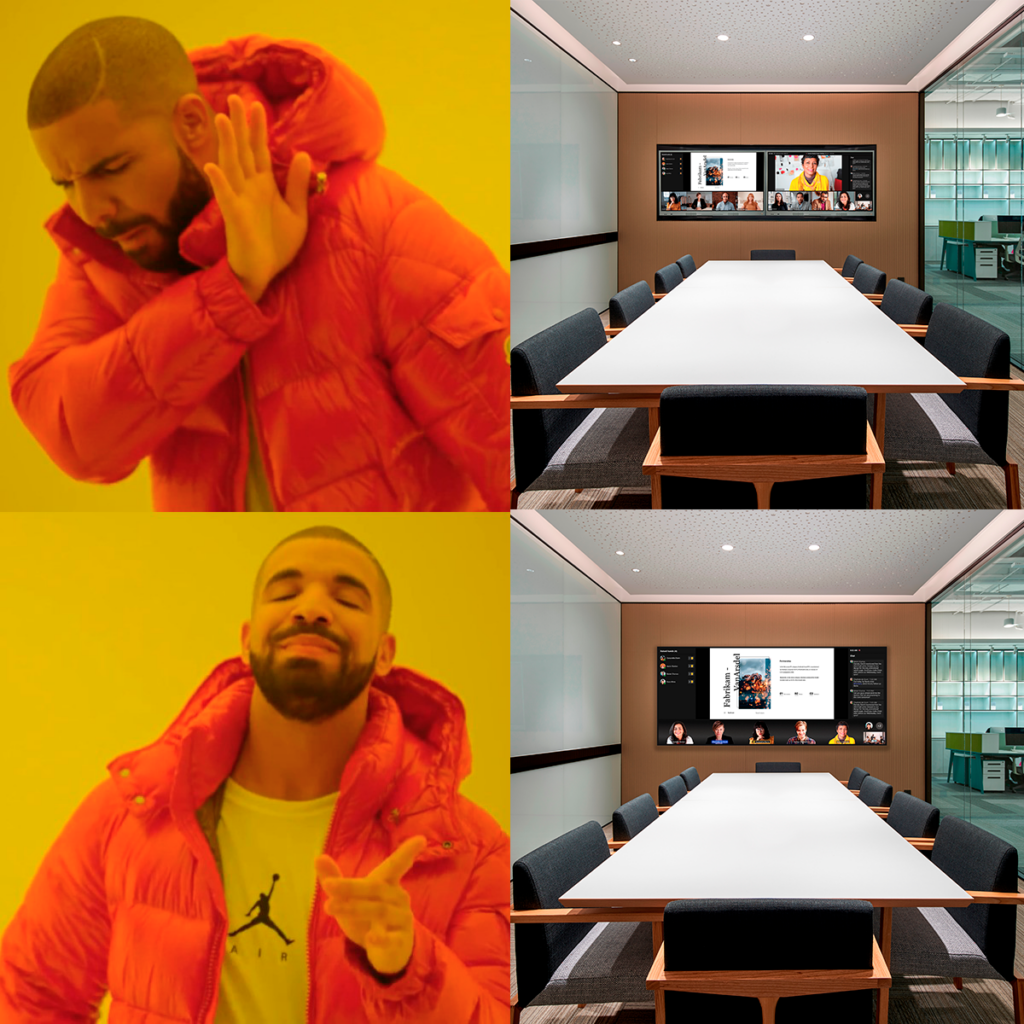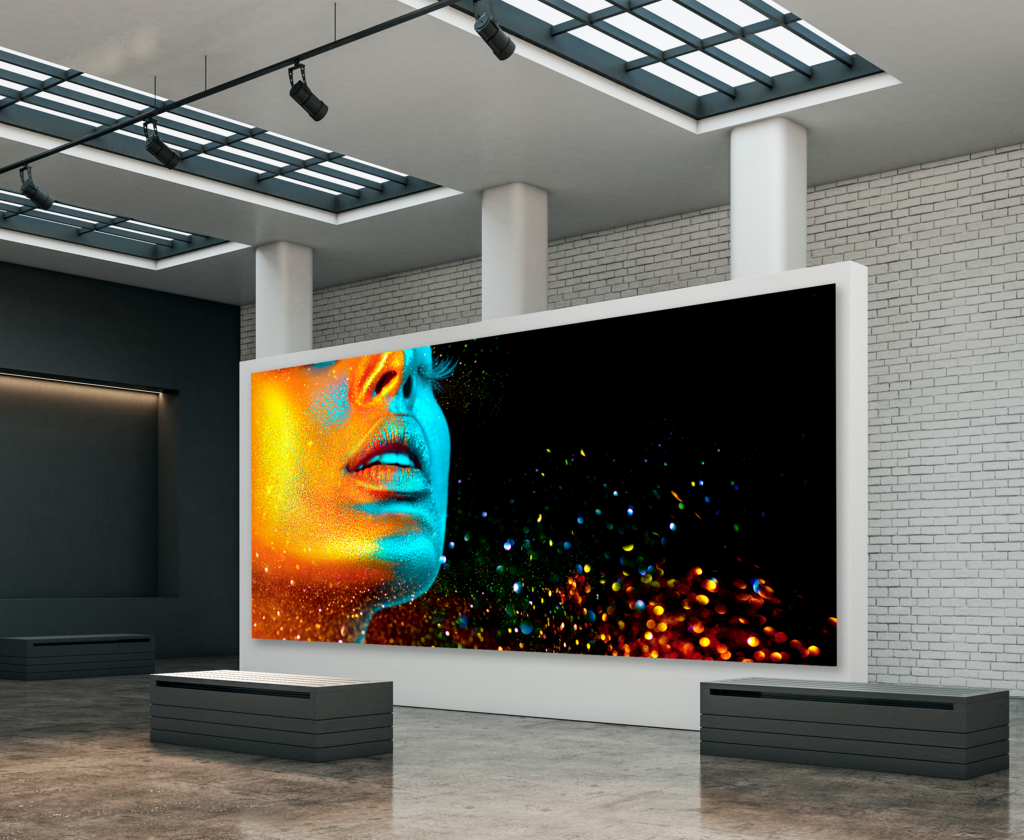The traditional indoor video wall, sometimes referred to as display wall, is generally comprised of multiple displays arranged in a rectangular array to create appropriate wall size and aspect. This is the current format that appears to have prevailed for the last decade. Of course, there are several different display technologies used. In some operations you may observe blended projection being used, though maybe less popular due to challenges with light management, seismic activity and room design. We have seen different versions of thin bezel display technologies used as well, cubes with rear projection engines or laser phosphor. Today the dominant approach is to leverage thin bezel LCD displays. This solution is very effective and price competitive.
There are a large number of use cases for video walls, most commonly being public space digital signage. If you have ever had the opportunity to pass through McCarran Airport in Las Vegas, you can see an impressive example of a video wall made up of 100 thin bezel displays in a 10×10 array, providing 627 sq-ft of pixel space. In this application, as in most public applications, these displays show a single source or, one video feed at a time. When video walls are used in operation centers or control rooms, the goal is to monitor a vast number of feeds/sources from different systems on that same video wall.
Interestingly, what happens with technology refresh has often been driven by the consumer display market. Display technologies designed for home use are reworked and adapted to serve in commercial applications. That said, there is a shift that has begun. I am referring to LED panels. We are all familiar with LED panels that are ubiquitous in the outdoor display space, the world-famous Times Square for starters or, we can revisit Las Vegas. LED walls are persistent in most, if not all arenas and stadiums. We continue to see innovation in design, improvements like finer pixel pitch, better heat dissipation, lower energy consumption, to list a few. It is guaranteed that we will continue to see wider adoption of LED technologies within operation centers and control room.
What else can we expect moving forward? LED technologies will continue to evolve and take on different shapes, literally. It may be LED screens that share the same retractability as some projection screens, allowing organizations to repurpose wall space for multifunctional use. It is also safe to assume that consumer technologies will continue to have some influence. As video walls continue to decentralize, personal wearable technologies may eventually make way in some environments, leveraging VR, AR, and MR. Conference rooms continue to implement large single pane glass touchscreens that can serve as remote video walls, conferencing and collaboration systems all in one.
A great place to see Jupiter’s latest advancements will be InfoComm 2021 in Orlando, Florida. See you there!



